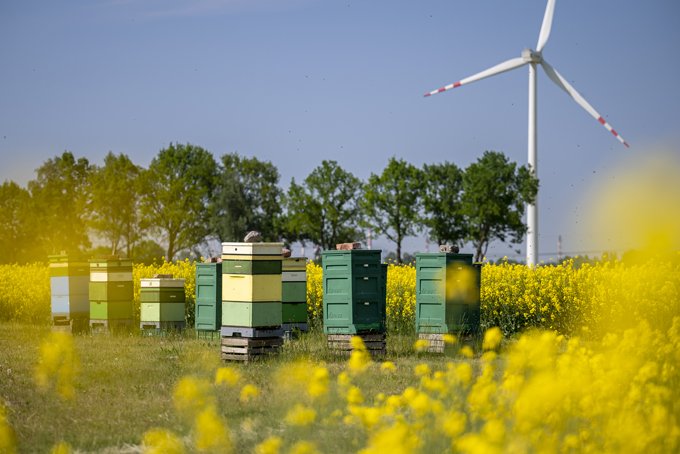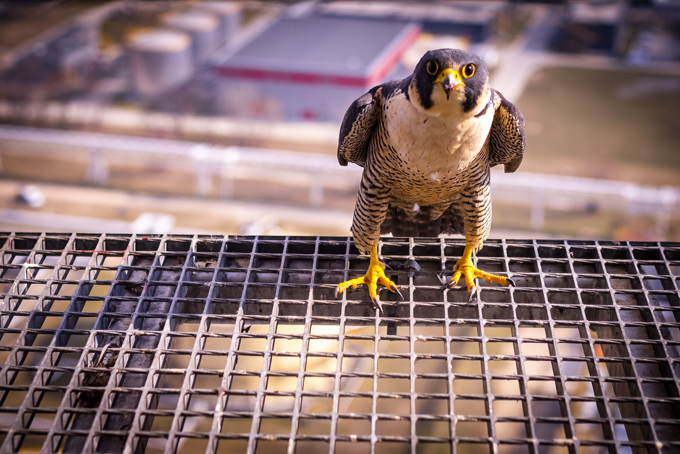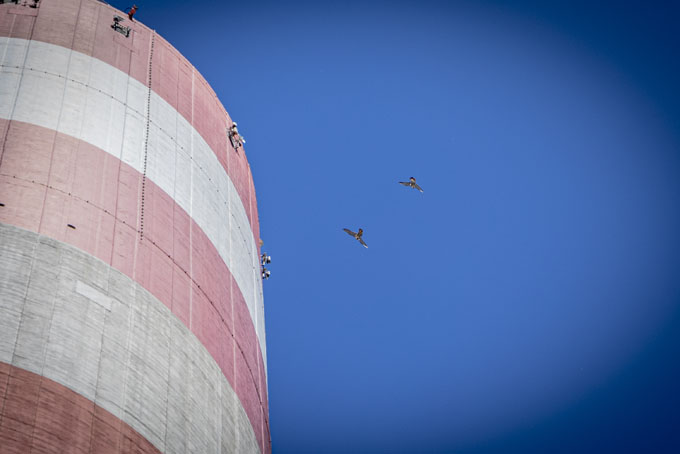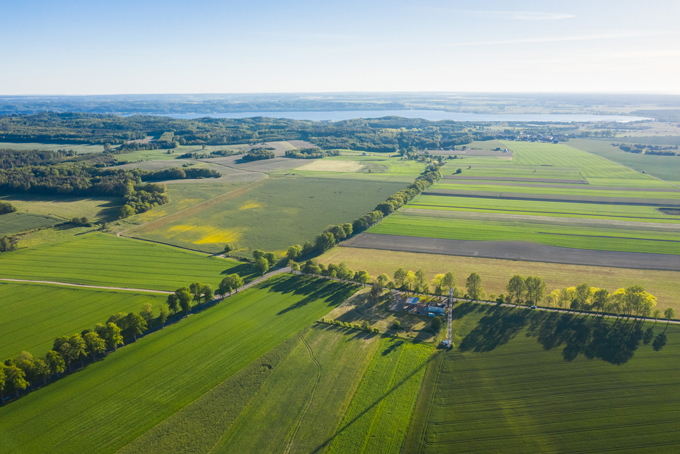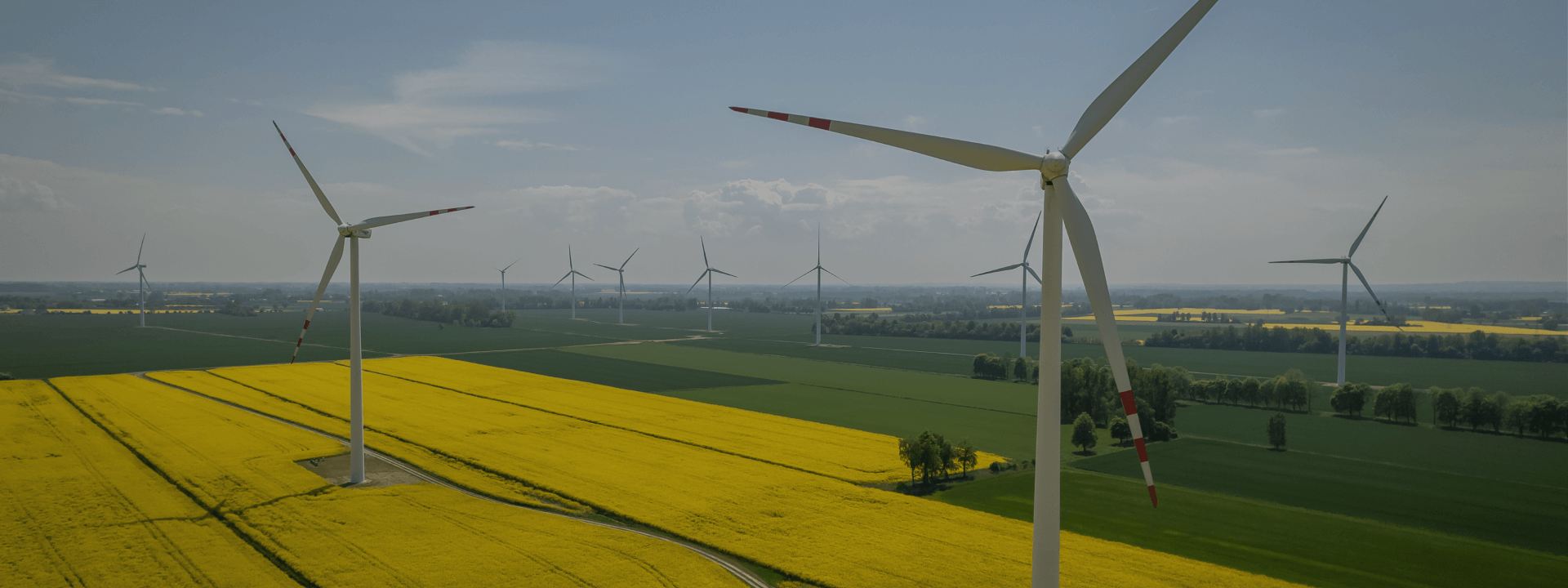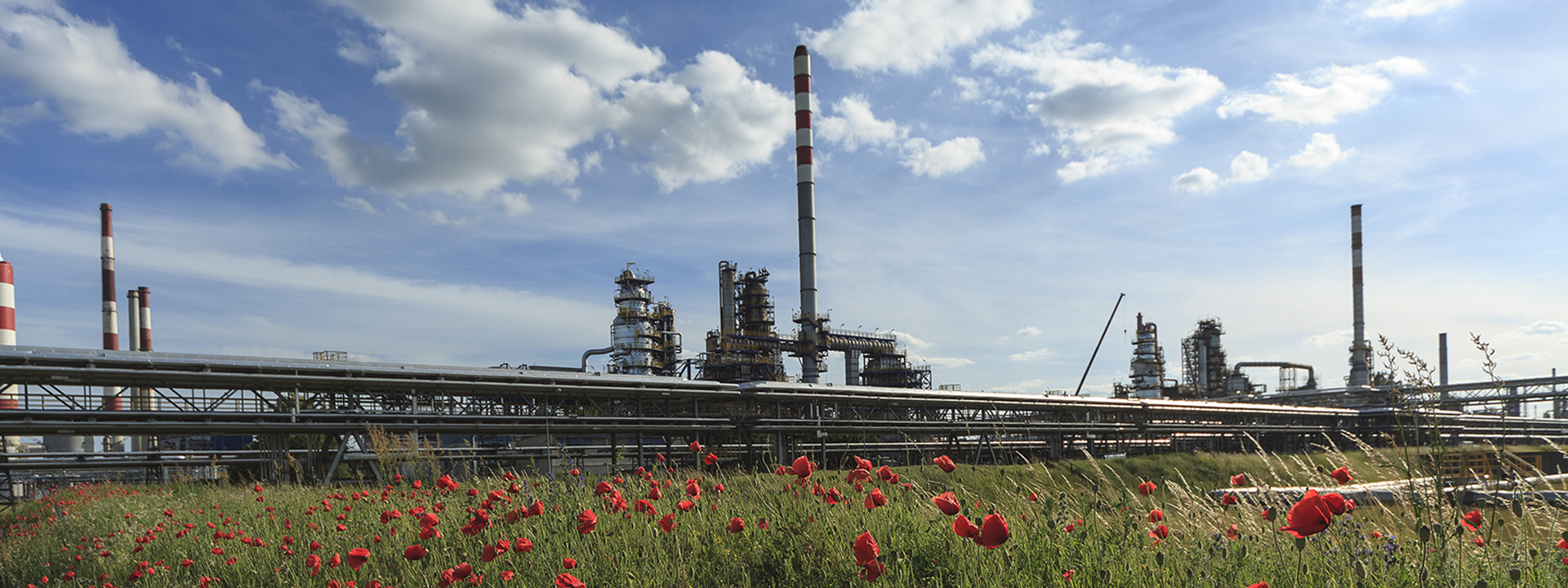Operational sites owned, leased, managed in, or adjacent to, protected areas and areas of high biodiversity value outside protected areas:
ORLEN S.A. – Płock
ORLEN S.A.’s production plant is located in Płock, in the Province of Warsaw, encompassing an area of about 12.3 km2. Its primary operations are refining and petrochemical production. Within a proximity of 10 km from the site boundaries, there are the following forms of nature protection: 4 nature reserves, 2 landscape parks, 2 protected landscape areas, 5 nature and landscape complexes, and 5 Natura 2000 sites. Of particular significance is the Middle Vistula River Valley (code PLB140004), designated as a special bird protection area. According to the Management Plan for this site introduced by the Regional Directorate for Environmental Protection in Warsaw as a local regulation, it is home to 26 protected bird species, some of which are listed in the International Union for Conservation of Nature’s Red List of Threatened Species (IUCN Red List). These include the white-tailed eagle, goosander, and corncrake.
ANWIL S.A. – Włocławek
ANWIL S.A.’s production plant, situated in Włocławek, in the Province of Bydgoszcz and Toruń, covers an area of about 5.5 km2. Its primary operations are production of chemicals, including products for the agricultural and petrochemical industries. Within a proximity of 10 km from the site boundaries, there are the following forms of nature protection: 1 nature reserve, 1 protected landscape area, and 3 Natura 2000 sites. One of them is the Włocławek Vistula River Valley (code PLH040039), having the status of a special area of conservation. According to the Management Plan for this site introduced by the Regional Directorate for Environmental Protection in Bydgoszcz as a local regulation, it encompasses various protected high nature value habitats, such as riparian forests, meadows, broadleaved forests, as well as seven animal species, including otter, Atlantic salmon, lamprey, and asp.
ENERGA Wytwarzanie S.A.
The company’s hydropower facilities are located within bird and habitat areas of the Natura 2000 network, and some of them are also located within landscape protection area and landscape parks. Energa Wytwarzanie minimises the impact of its hydropower facilities on biodiversity of rivers and lakes by, among other measures, constructing fish passes, participating in the restocking of fish into rivers and lakes, cooperating with external entities in scientific research on selected fish species, and – in the case of wind farms – detailed monitoring of bird and bat interactions with the wind turbines. There are 35 protected areas affected by the company’s activities, including Natura 2000 habitat sites, Natura 2000 bird sites, landscape protection areas, nature reserves, the Dolina Słupi Landscape Park with its buffer zone, and the Słowiński National Park (buffer zone). The protected areas listed above are home to about 200-500 species included in the IUCN Red List.
Rafineria Gdańska S.A.
The company conducts its operations within the Żuławy Gdańskie area, on the southern bank of the Martwa Wisła River. The nearest protected areas include the Ostoja w Ujściu Wisły Natura 2000 site, which is about 800 m away, as well as the Ujście Wisły Special Bird Protection Area and the Ptasi Raj Nature Reserve, located about 2 km away. Following a wildlife survey carried out in 2014, 15 sites of 5 natural habitats covered by European and Polish regulations were identified at Grupa Lotos S.A.’s refinery and within the surrounding area. As a result of the survey, 14 species of protected plants were catalogued in the plant’s vicinity (including the broad-leaved marsh orchid and sea milkweed). The presence of two species included in Annex II to the Habitat Directive, namely the European beaver and the European otter, was also recorded. The presence of 123 species of birds, including white stork, Western marsh harrier, peregrine falcon, and crane, was also recorded. The survey identified the presence of three endangered and protected saltwater fish species (the broadnosed pipefish, straightnose pipefish and sand goby).

